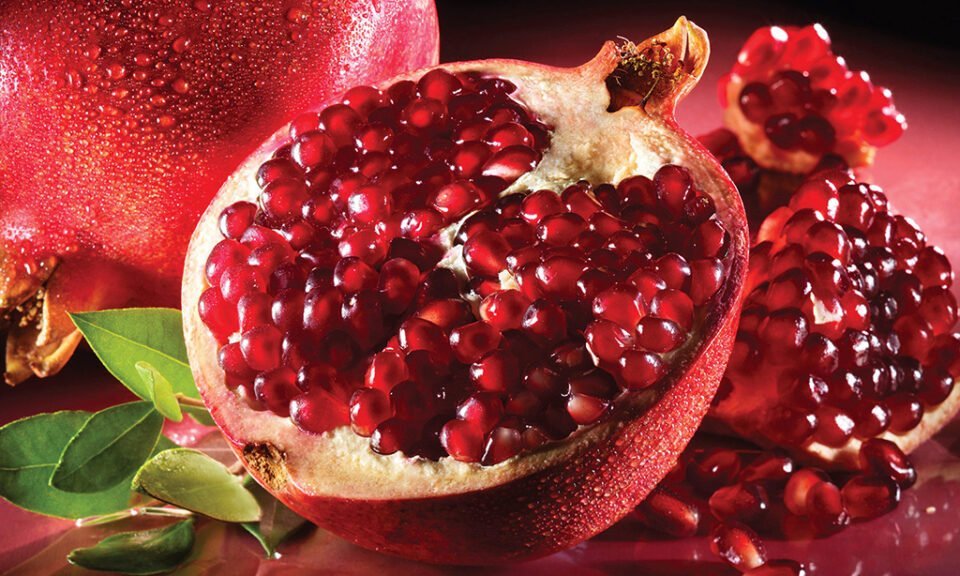Peru is currently the main exporter of pomegranates in the Southern Hemisphere, despite changes in the industry which have significantly reduced planted hectares.
José Luis Gereda is the general manager of Pomica, a pomegranate grower in the Ica region, where 75% of Peru’s pomegranate is produced. They grow on 70 hectares of their own land and almost 200 on third-party plantations.
Gereda told FreshFruitPortal.com that the reduction in Peru’s production area has been caused by the low returns of the fruit in the last three years.
“This has caused large farmers and agricultural companies to replace pomegranate in their fields with blueberry or patented grape varieties to recover their money faster,” Gereda said.
The business has turned to small farmers, with 1 or 3 hectares who have lower production costs and find it to be a profitable product.
Gereda argues that the decrease in profitability for many is due to several issues, including a change in Peru’s agricultural law, as well as the increase in freight costs.
“This was not the main crop for many producers, so they did not pay attention to below-average yields. Pomegranate will lose ground in large companies and will be transferred to medium and small producers,” said Gereda.
2024 season
Due to weather changes and the impact of El Niño in Peru, the peak of the season came early this year.
“In 2022 the peak was in week 11. In 2023 it was in week 13 and now it is in week 9. The early peak means we are going to have less fruit than last year,” Gereda said.
He added the industry estimates a drop of 40% in production due to weather conditions.
“There was a lot of male flowering, instead of female flowering, and therefore this did not generate enough fruit,” he said.
Last year, Peru produced a total of 41,603 metric tons of pomegranate. Currently, on week 11, they are at 16,372 tons.
Read also: Peru’s table grape debut in Japan was a big success
Markets
The export market for Peruvian pomegranates is concentrated in Europe, with 70% going to the Netherlands, which pays the highest prices.
However, Gereda said they are trying to open the Chinese and Korean markets.
He pointed out that this year they have increased their presence in the American market, going from 1% to 4% of the total volume exported.
The challenge, he said, is that “we have to irradiate the fruit, which increases sales costs by approximately 40%. Additionally, an inspection of the fruit by Senasa for the U.S. market can take an hour and a half to 3 hours, compared to an inspection for Europe, which takes half an hour.”
He added that they are working through Progranada on a protocol to send the fruit at 5°C.
“This protocol has already had the approval of the health authority in China, so we are waiting for the publication and hopefully markets such as the United States, China and Korea will be facilitated. Because pomegranate generally suffers cold damage when it travels at those temperatures,” he said.
He added that pricing has been very good, despite unstable prices for pomegranates in previous years.
Looking ahead, Gereda said Peru will remain the leader in pomegranate.”
“We have the climatic conditions. At this time, there aren’t many new plantings because political instability is causing the big producers to stop investing. We are waiting for the day that the fruit can enter markets without the requirement of irradiation.”
Blaming commercial and political obstructions for these requirements, Gereda said the industry would love to speed up the processing of the protocol with the United States.
The use of the site materials is free if there is a direct and open for search engines hyperlink to a specific publication of the East-Fruit.com website.




